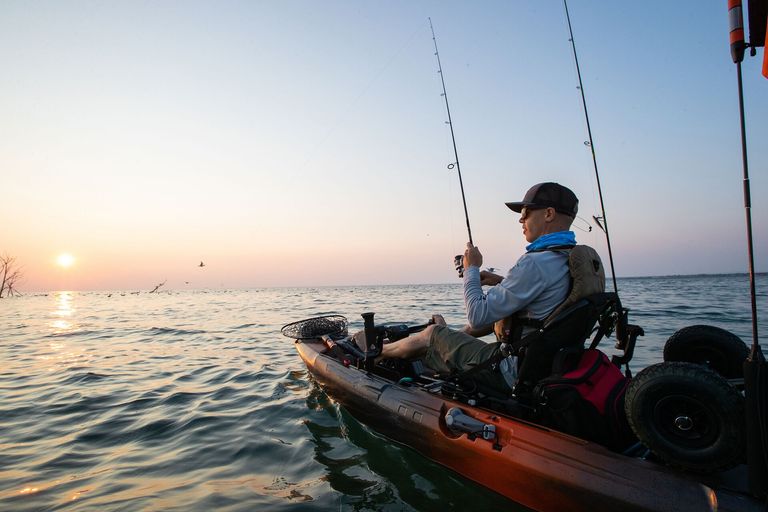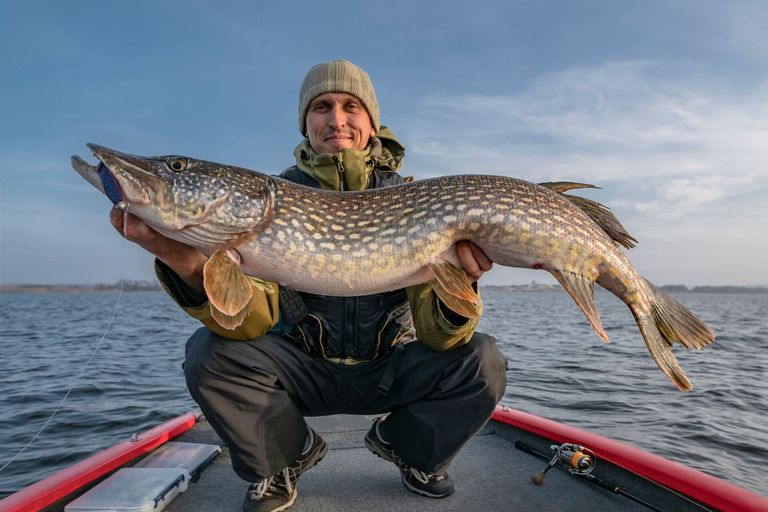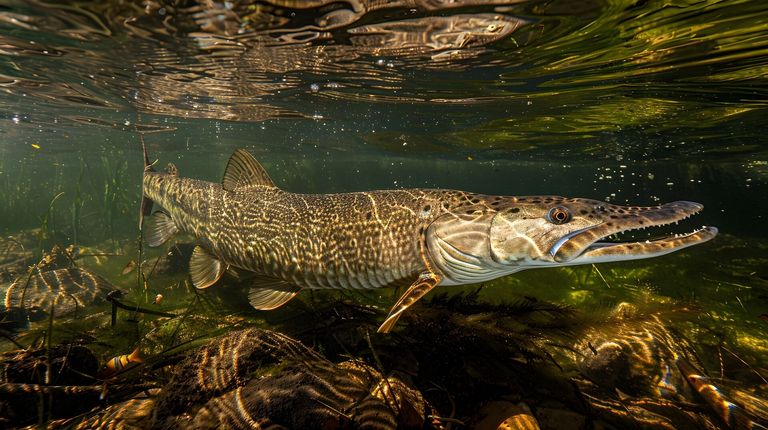Top Tips for Catching Redfish This Season
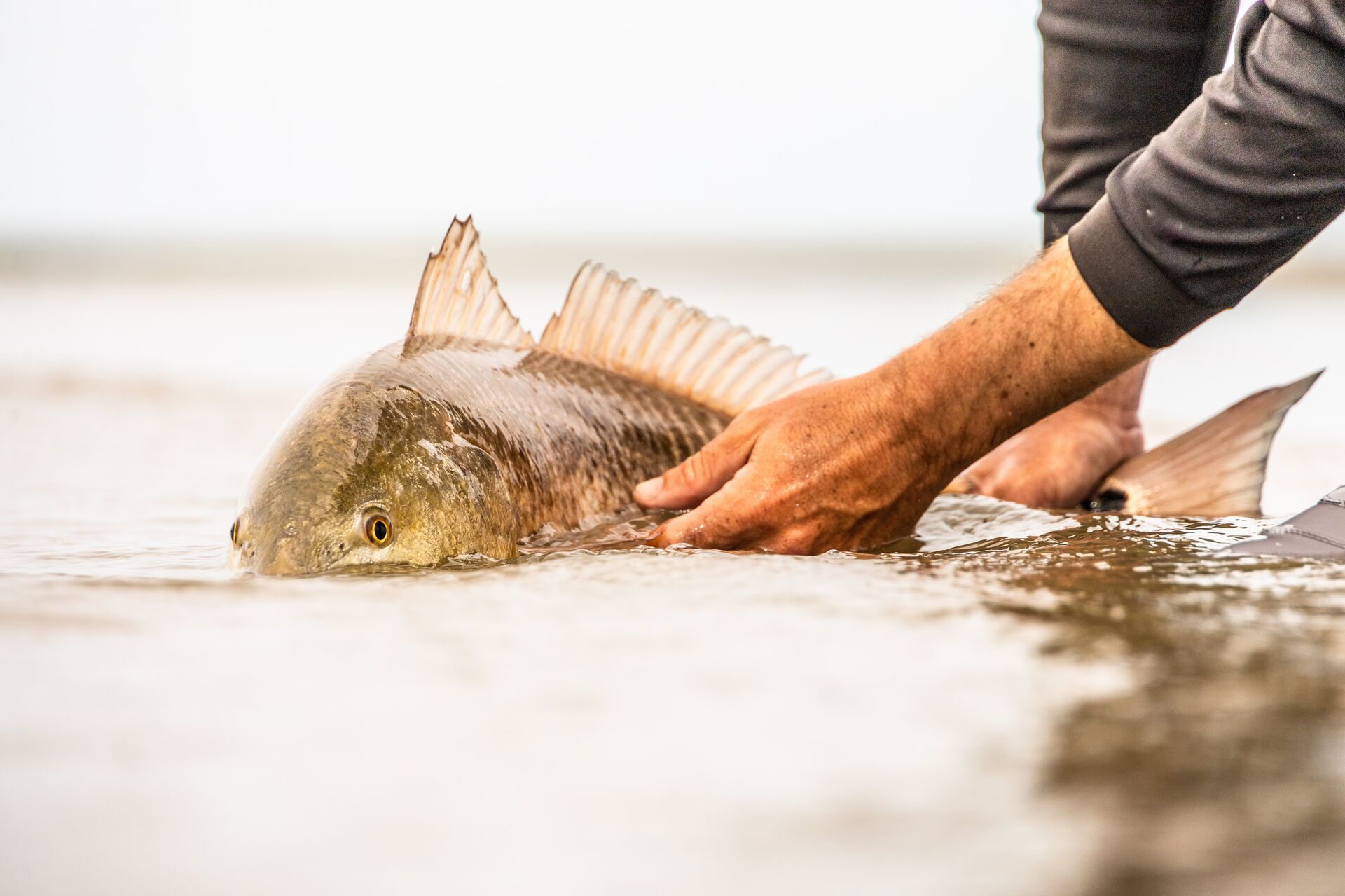
Redfish, also known as red drum or ocean perch, are a favorite among many anglers. They fight hard when caught and taste great, providing plenty of value for anyone interested in catching them for fun, food, or both.
Knowing the best ways to do that is essential to stay safe and catch fish this season. Here are the top tips you'll want to consider for your next redfish fishing trip.
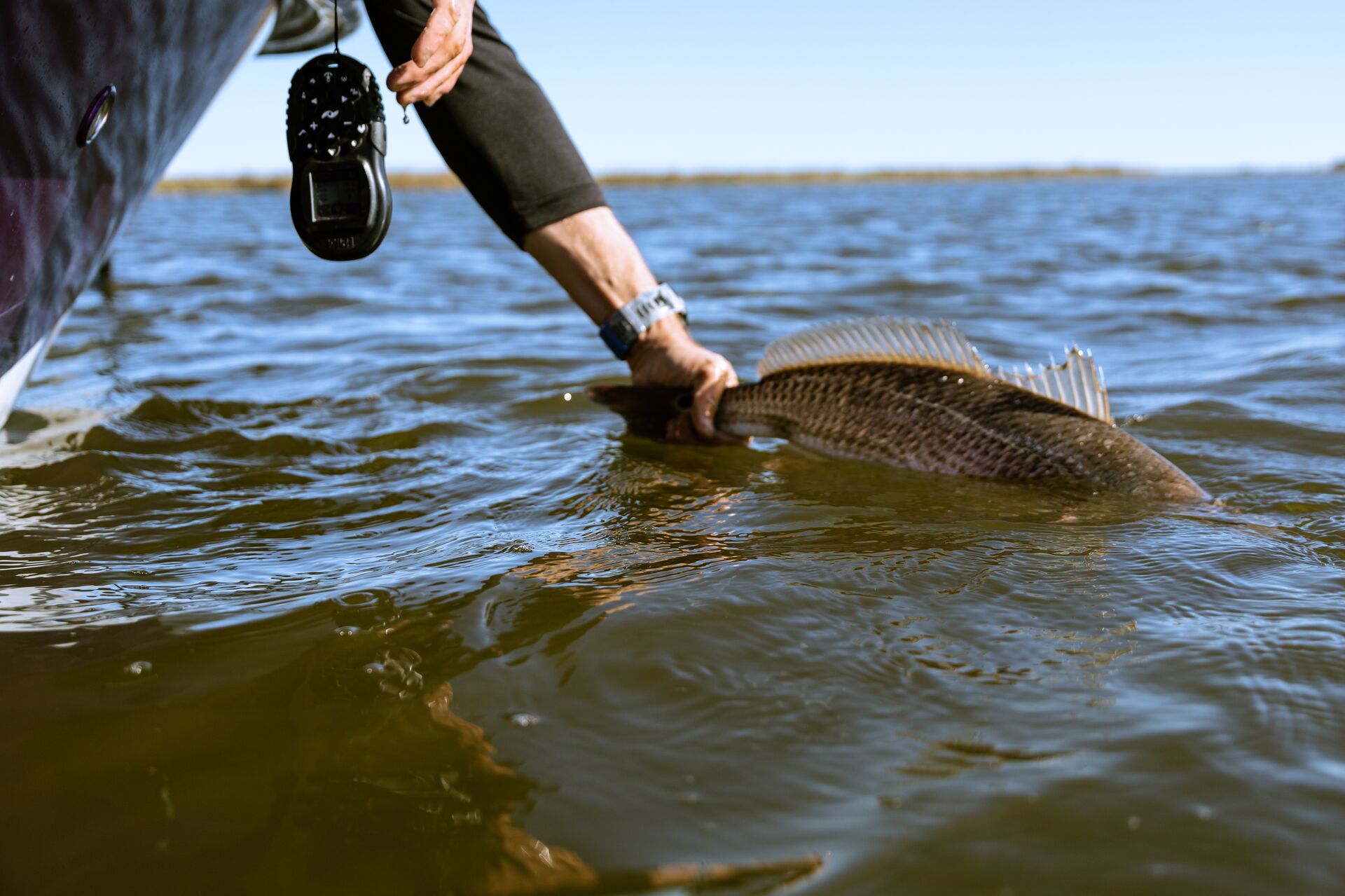
Know the Best Locations to Find Redfish
The first issue to consider is where to find the fish you're looking for.
They're commonly seen in shallow floats, marshes, and estuaries, specifically near grass beds, oyster bars, and mudflats. They spend time there because these spots are typically rich in food sources.
Also, consider tidal influence, as these fish move with the tides. If you fish during high tide, you'll have the best access to their feeding areas. Tides bring in baitfish and fresh nutrients, which bring your desired fish closer to shallow waters and shorelines.
Understand Their Behavior
Redfish are opportunistic feeders, preying on shrimp, crabs, and small fish. If you use bait that imitates their natural prey, you can increase your chances of catching them.
They also typically travel in schools. If you catch one, there are likely more nearby. That means you should continue to fish in the same area for a while to have the best chance of catching additional fish.
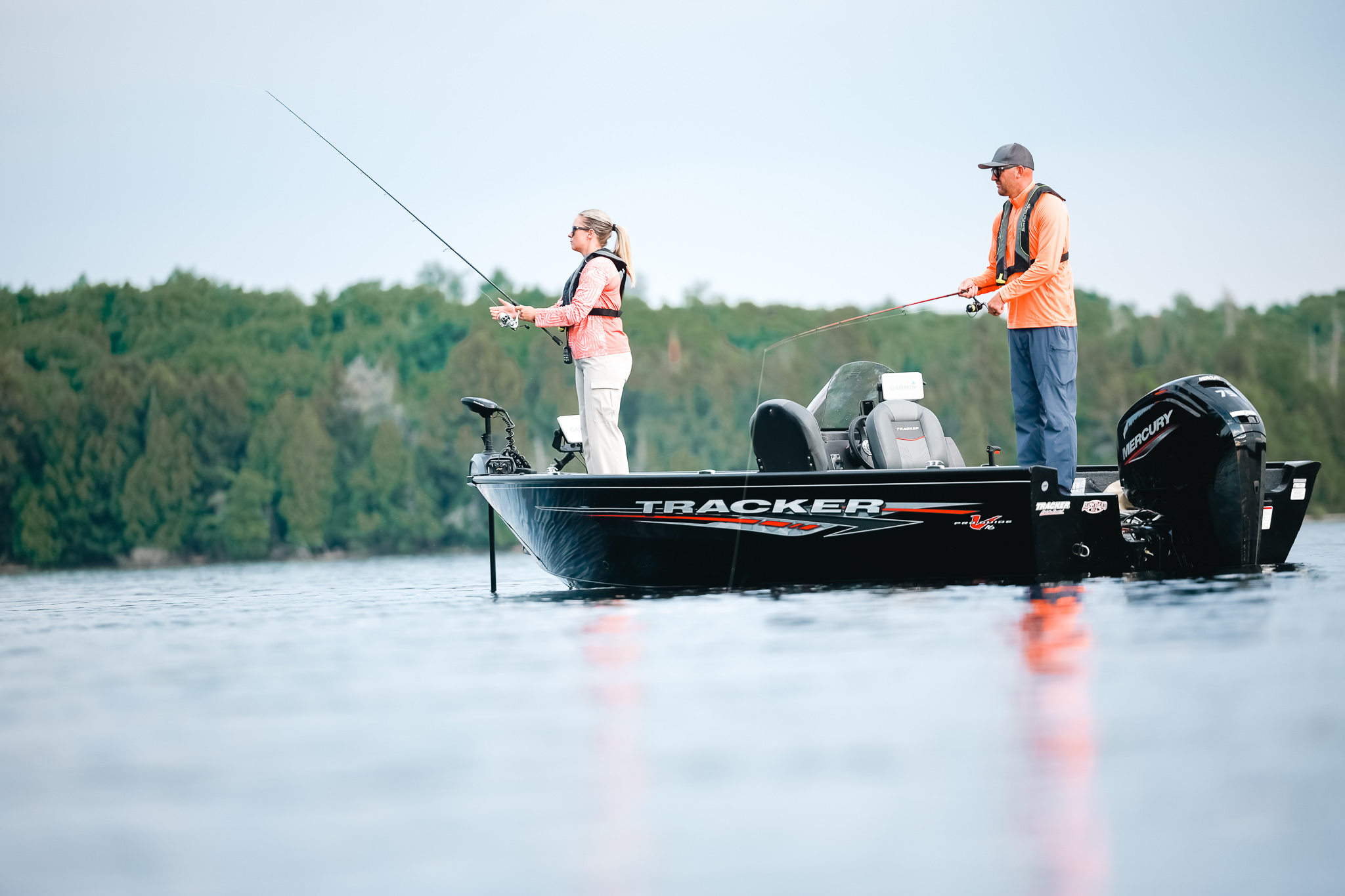
When is the Best Time of Year to Catch These Fish?
Fall and spring are the peak seasons for catching Redfish. Both seasons mean cooler water temperatures, which attract these fish to shallower areas.
The time of day is essential, too, as the fish are more active in the early morning and late afternoon hours. The middle of the day can bring too much sunshine and warmth for fish to feel comfortable being active.
Use the Right Baits and Lures
Natural baits like live shrimp, crabs, and mullet are highly effective for catching red drum. Cut bait like mullet and ladyfish can also work well, especially if you target larger fish.
Soft plastics that mimic shrimp or small fish are excellent choices if you want to use artificial lures. Also, consider gold spoons and topwater lures, as these mimic the fish's natural prey movements.
Perfect Your Technique
Because these fish are typically found in clear, shallow water, they can easily be startled or scared away. So, accurate casts are crucial because you must get your bait or lure close to the fish without disturbing them too much.
Retrieval speed matters, too, and it's best to vary yours to see what works best. Sometimes, a slow and steady retrieve is good, while a quick and erratic motion is more successful at other times.
Use the Right Gear
Choose a medium- to heavy-action rod with a sturdy reel to increase your chances of a successful catch. Also, use a braided line because it increases both sensitivity and strength. That helps detect bites and manage strong runs.
Fluorocarbon leaders are essential in clear waters to avoid detection. They're less visible underwater and increase the chances of fooling fish that may be wary and on guard.
Choose the Right Weather Conditions
Weather patterns and water temperature are critical elements to monitor when fishing.
Because red drum activity changes with water temperature, paying attention to whether the water is cold or warm will give you a better idea of how to fish for them at that particular time. Colder waters will slow them down and bring them closer to the surface, while warmer waters will make them more active but potentially move them further from shore.
Overcast days can be excellent for catching these fish, as they'll feel safer coming into shallower waters when the sun isn't as bright. Low-light conditions also help make them less cautious, meaning they'll be more likely to bite. That can improve your chances of catching them, giving you a better fishing day.
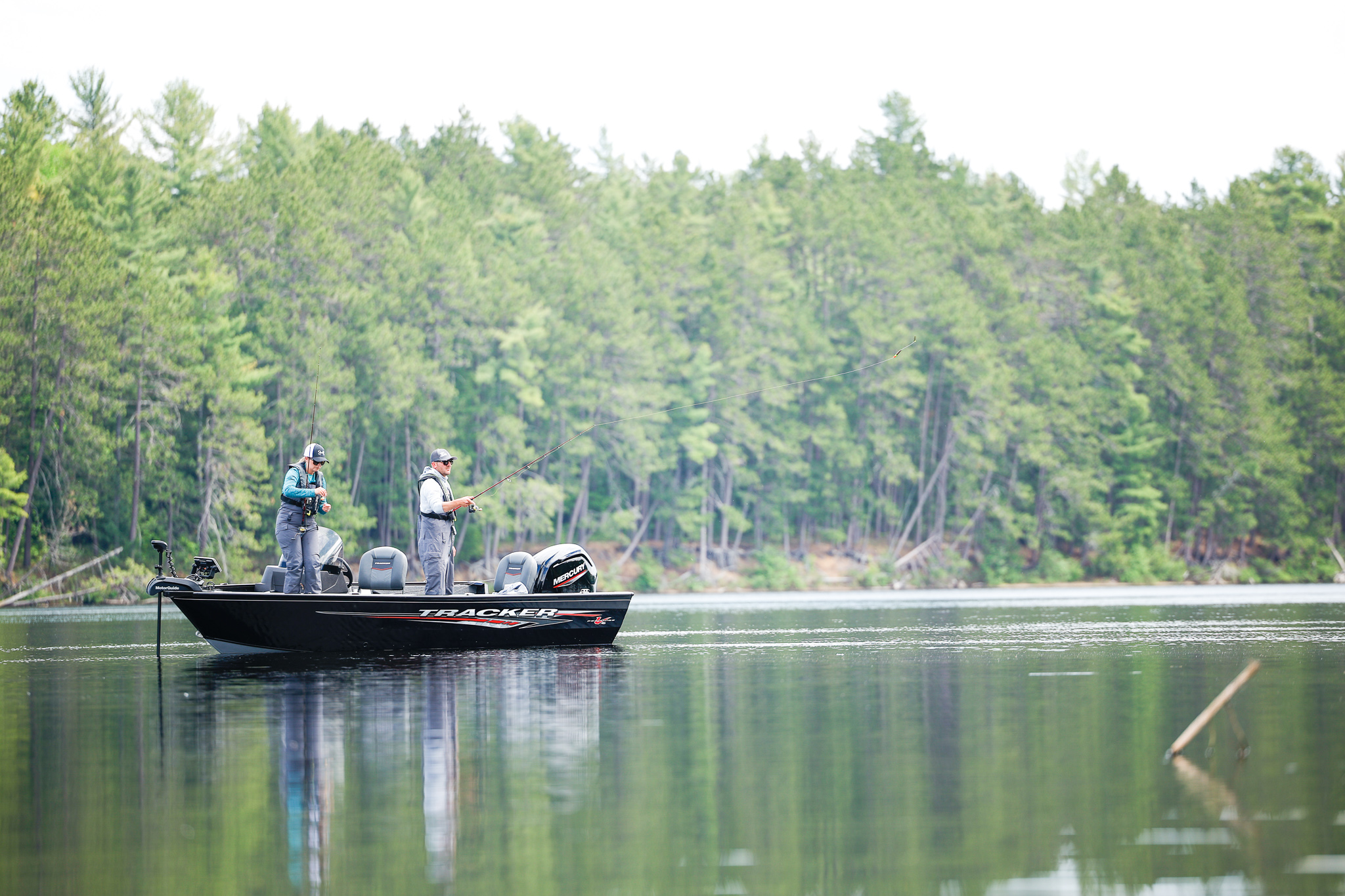
Boat Positioning and Approach
Approach fishing spots quietly, which will help avoid scaring the fish away. It's an excellent idea to pole your way into position or use a trolling motor. Also, position your boat up-current or upwind of the spot where you'll be fishing. Cast downwind and down-current to create a more natural presentation.
When fishing from a boat, always wear a life jacket and make you understand boating safety essentials. It's crucial to be prepared for any emergencies on the water.
Boating safely can make you a more confident angler and help your peace of mind while on the water for a day of fishing.
Consult Local Regulations
Local regulations determine how and where you can fish, so be aware of them before heading out for the day.
Regulations include things like the size of fish you can catch or keep and how many you can bring home. Following the rules helps preserve fish populations for future generations to enjoy.
Check the current rules before you head out so you can fish without worry.
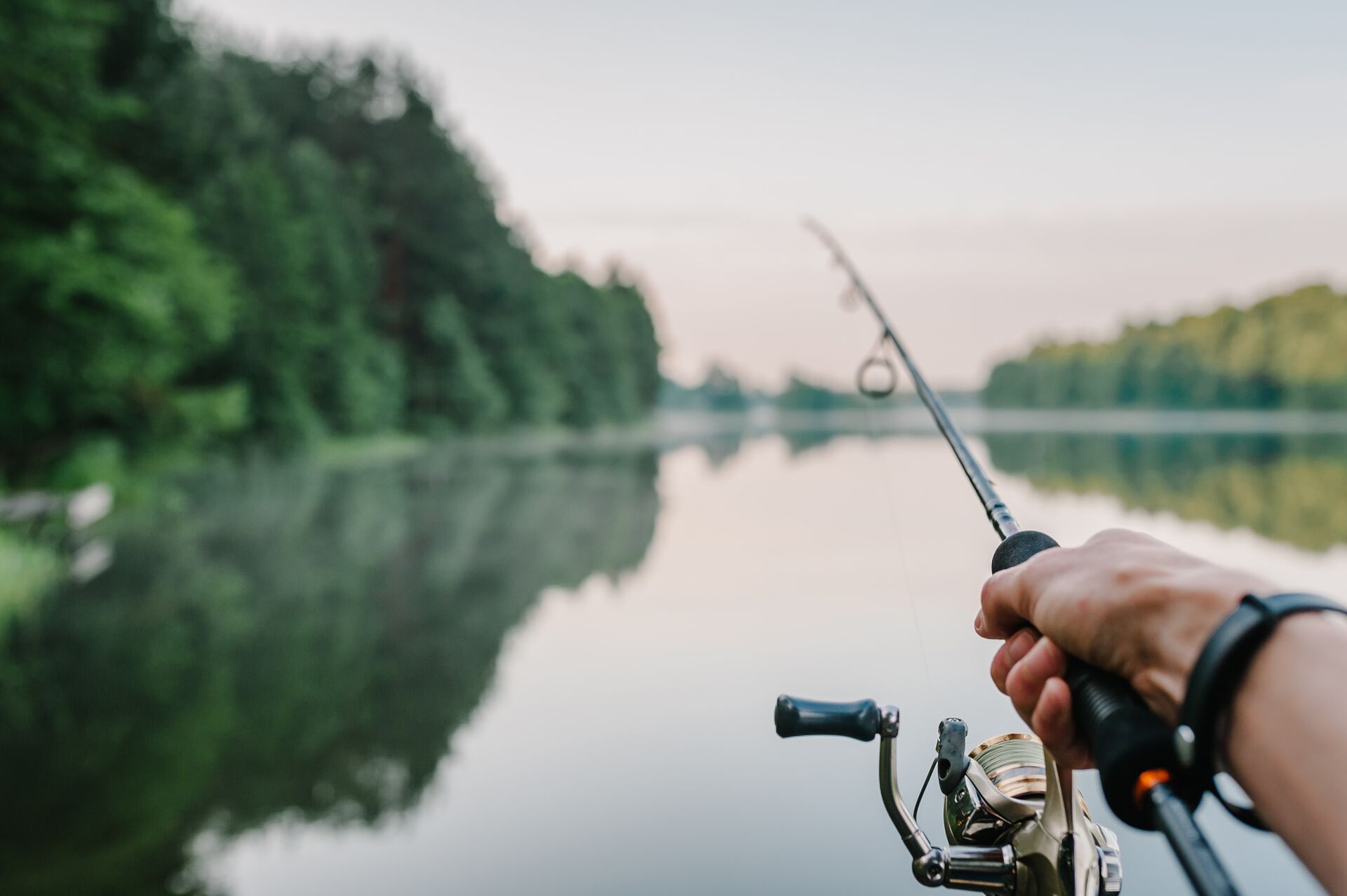
Take a Boater Safety Course Before Your Next Fishing Trip
We hope you bring home plenty of redfish or the fish you love to catch this season! We want you to stay safe when fishing from your boat and have plenty of fun and relaxation on the water.
So, before you head out on your fishing adventure, consider taking a boating safety course. Even if you're not driving the boat, knowing how to stay safe on the water helps you avoid mishaps as a passenger.
The online course through BOATERexam gives you essential boat-handling knowledge and helps reduce your risk on the water. Then, you can enjoy fishing by yourself or with friends and have a more enjoyable adventure!
If you're boating and fishing in Canada, choose our Canada-approved course. For anglers in the U.S., choose the course for your state and start learning!

